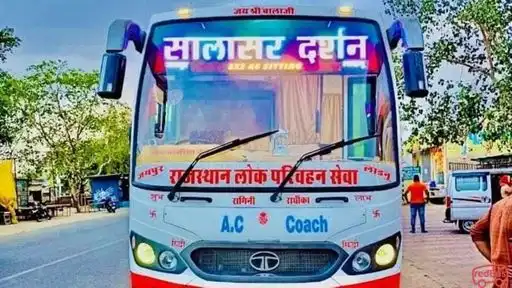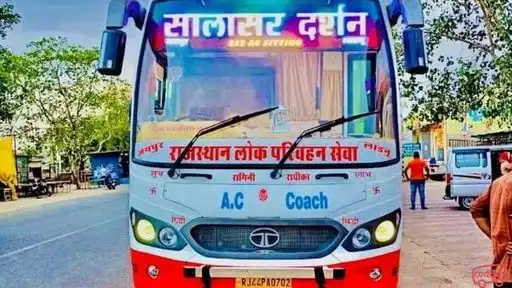Over 20 bus services operate daily between Jaipur and SujanGarh, including both RTC and private bus operators. This journey covers a distance of 198 kms in around 4 hrs 18 mins. You can book affordable bus tickets from Jaipur to SujanGarh starting from IINR 238 - INR 1585.00. The first bus departs at 03:25 while the last bus departs at 21:15. Some of the popular bus boarding points are 14 number,sikar road,jaipur, Alka Cinema, Chomu Pulia, Narayan Singh Circle, Others, Polo Victory, Sindhi Camp, Transport Nagar Bus Stop, whereas the preferred dropping points are Kishangarh. You can choose your preferred top-rated bus operators running from Jaipur to SujanGarh, such as Salasar Darshan Travels, Rewar Travels, Shekhar Travels, offering Volvo, AC or Non-AC Sleeper, Seater and others, depending on your travel needs.
With high frequency, consistent availability, and varied choices for every kind of passenger, the Jaipur to SujanGarh bus service caters to both regular commuters and first-time travellers.








